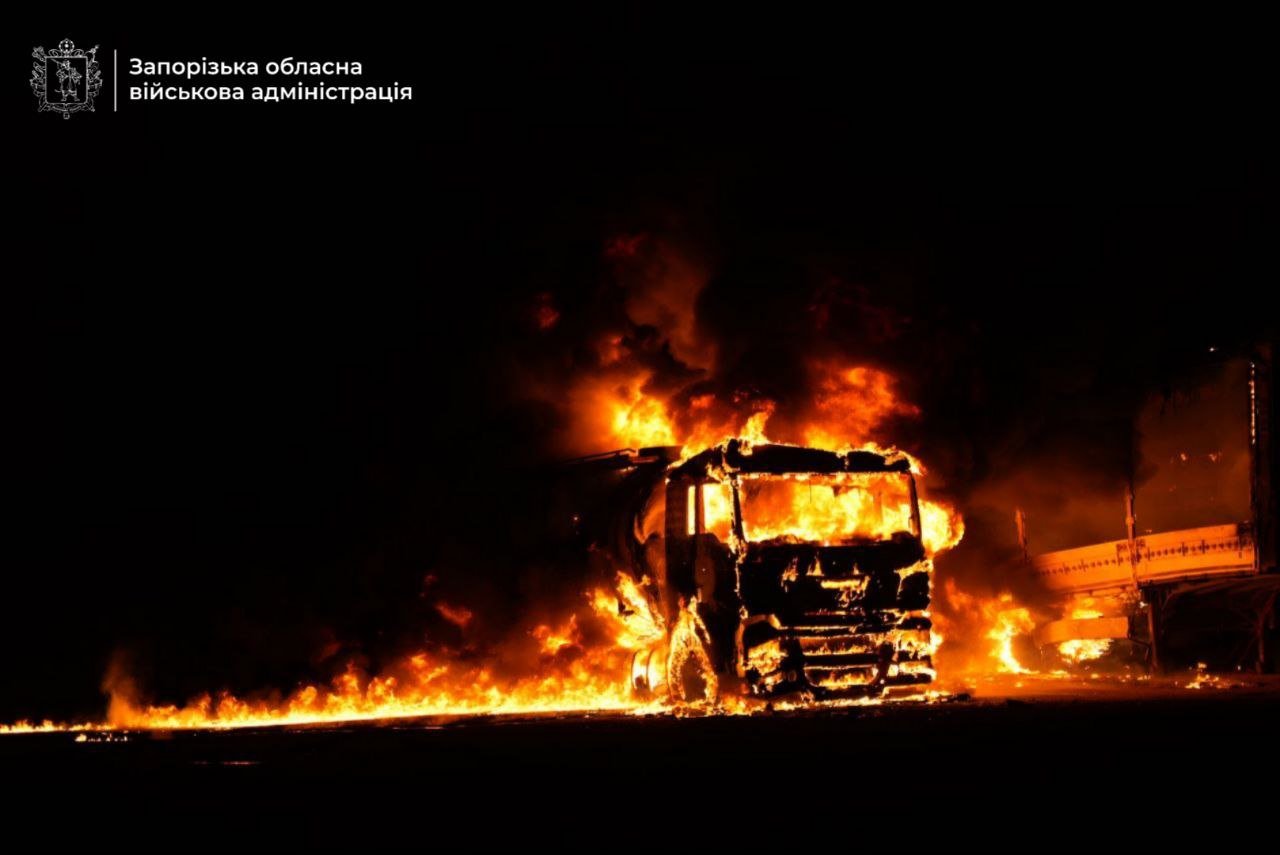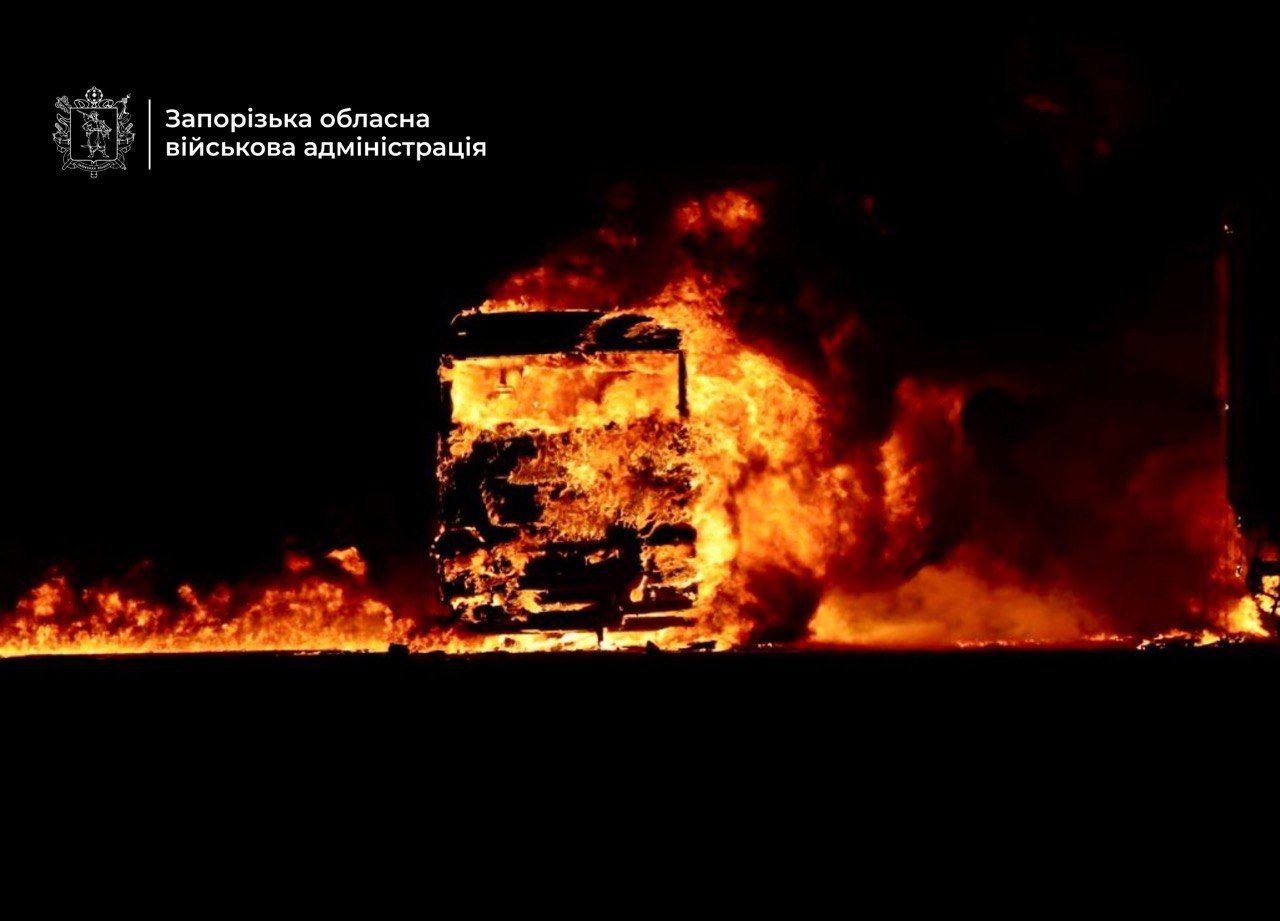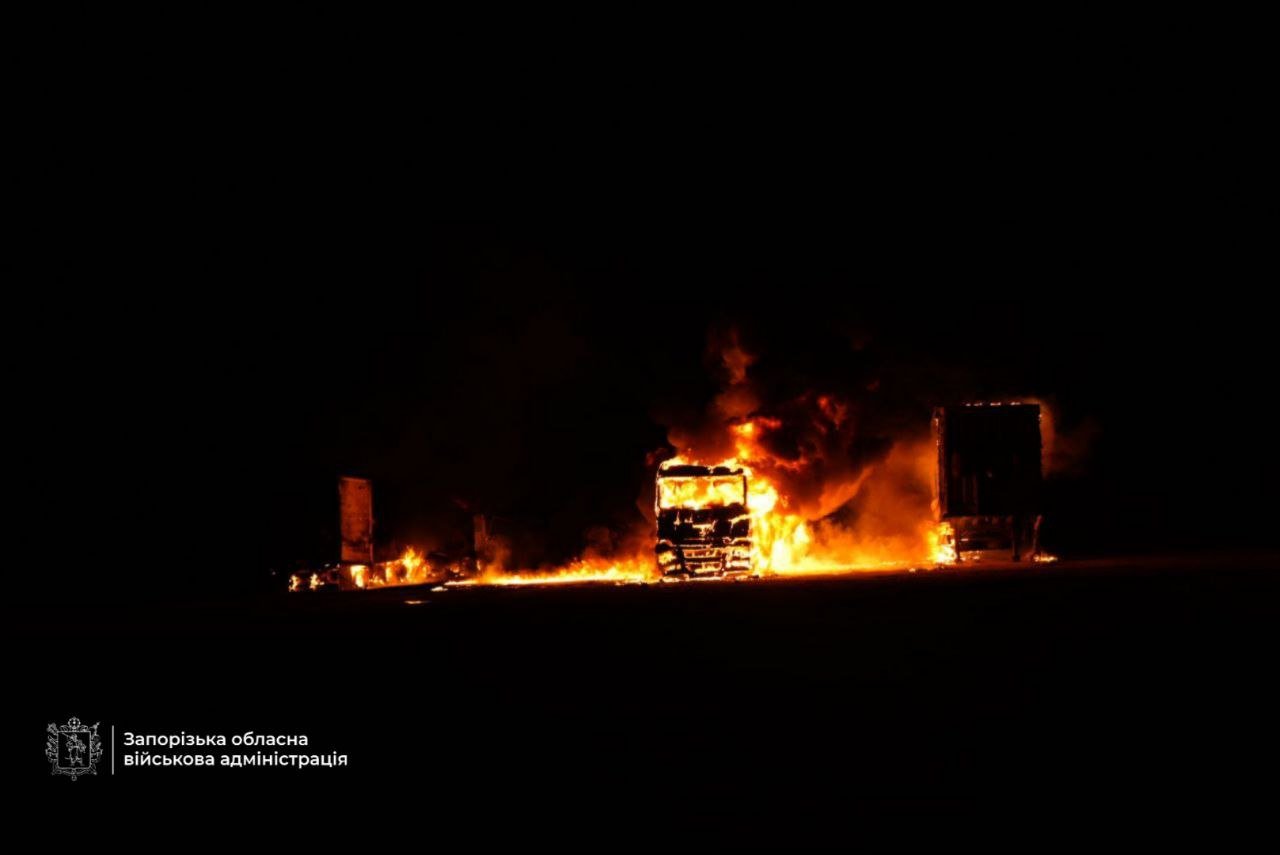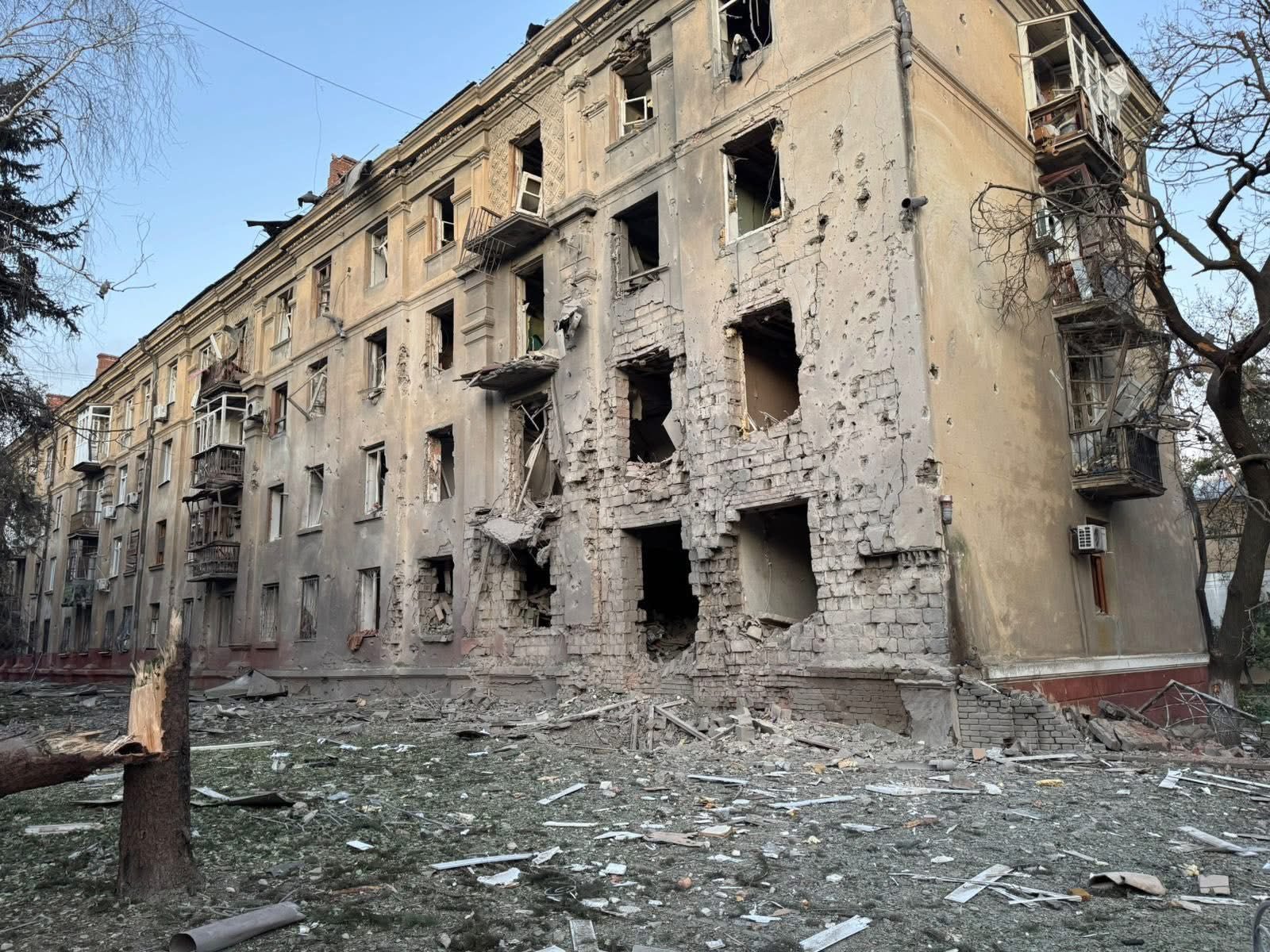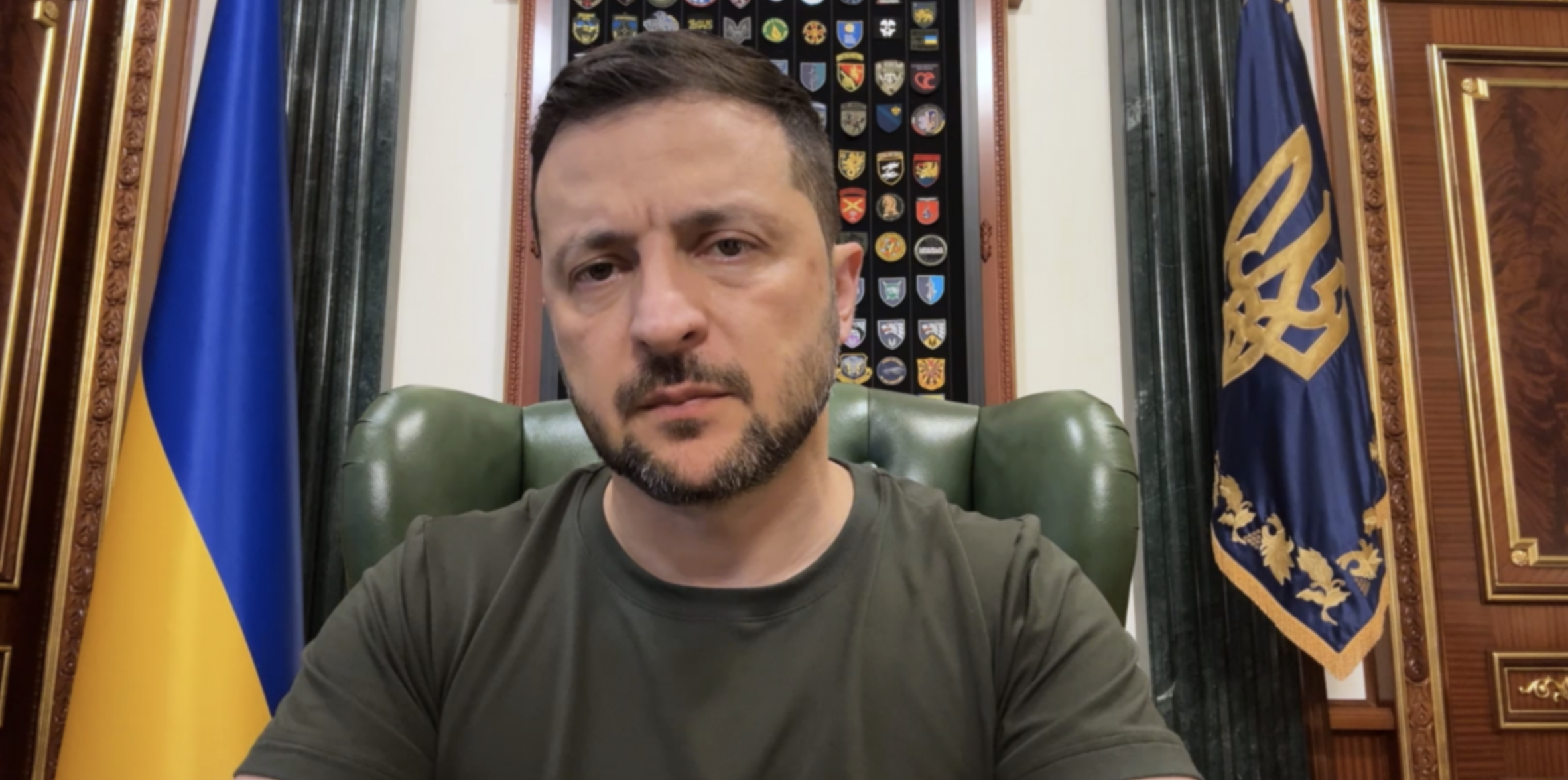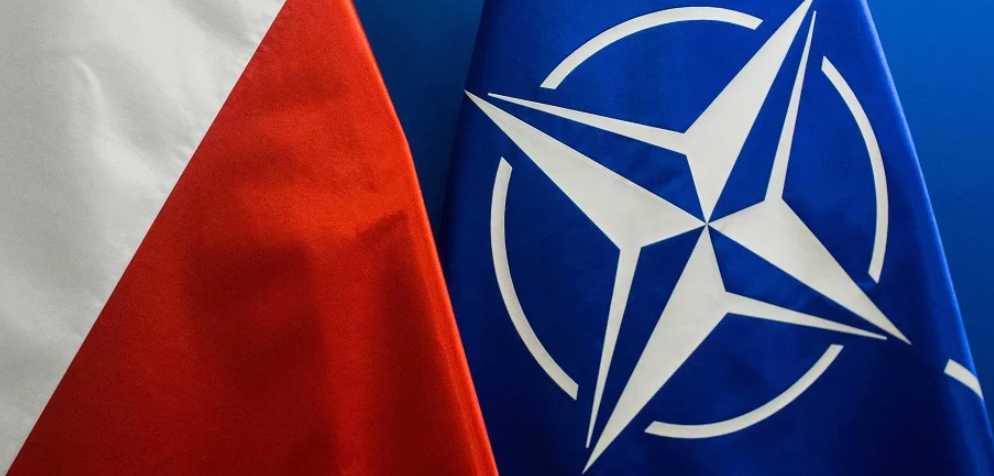Ukrainian special forces strike deep into Russia, igniting blaze at Saratov oil refinery
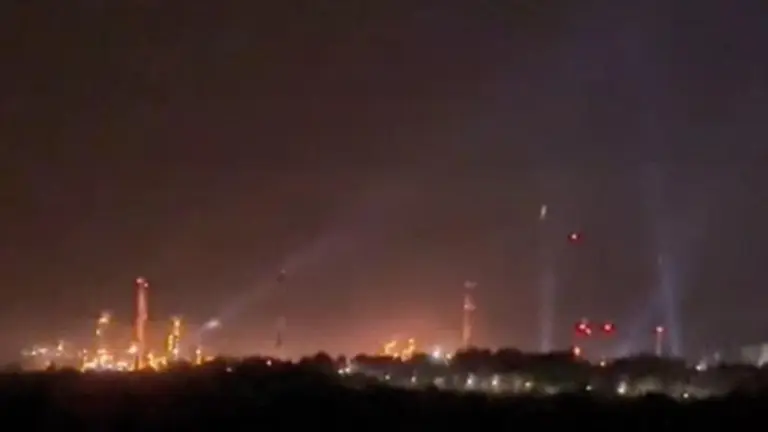
Ukrainian Special Operations Forces (SSO) struck the Saratov oil refinery in Russia in the early hours of Sept. 16, sparking massive explosions and a fire at one of Russia’s largest fuel-processing plants, according to Ukraine’s General Staff and the SSO.
The Saratov facility, located 750 kilometers from the Ukrainian state border on the Volga River, is a critical producer of gasoline, diesel fuel, and chemical feedstocks that sustain both Russia’s civilian economy and its military logistics.
In 2023, it processed some 4.8 tons of oil, roughly 35.2 million barrels. Ukrainian sources said the plant has been linked to military supply chains and has been targeted before as Kyiv seeks to degrade Russia’s war-making capacity.
Officials gave few immediate details and said assessments of the damage were still under way.
The operation was carried out by the SSO’s drone and strike units, the General Staff said. Video and social posts circulated by Ukrainian sources showed smoke and flames at the site; state statements emphasized the strike was aimed at facilities tied to Russia’s defense industry rather than at civilians.
SOURCESymbolic number of the Day
Survey: Three in four Ukrainians reject Russia’s ‘peace plan,’ most back European proposal. Seventy-five percent of Ukrainians say Russia’s proposed “peace plan” to end the war is completely unacceptable, according to a new poll by the Kyiv International Institute of Sociology.
Only 17 percent said they would agree to Moscow’s terms. Its peace conditions also insist that legal rights of Orthodox believers of the Moscow Patriarchate be respected in Ukraine.
Official EU statements say that any lasting peace must be based on international law, the United Nations’ charter, including full respect for Ukraine’s sovereignty, independence, and territorial integrity.
The Russian proposal, as described by pollsters, called for sweeping territorial concessions: lifting all Western sanctions on Russia; granting Russian language official status; drastically reducing Ukraine’s armed forces; permanently banning NATO membership and Western arms supplies; recognizing the annexation of the Crimean Peninsula, the easternmost Donetsk and Luhansk regions as part of Russia; and withdrawing Ukrainian forces from cities like Kramatorsk and Sloviansk. Russia would also retain control of occupied parts of Kherson and Zaporizhzhia and serve as a “security guarantor” for Ukraine.
By contrast, 74 percent of Ukrainians said they could accept a peace plan put forward by Europe and Ukraine, though often “without enthusiasm.” Only 15 percent flatly rejected the European framework.
SOURCEWar in Pictures
Russian overnight strike kills 2, injures 20 in southern city of Zaporizhzhia. Russian forces struck the southeastern city of Zaporizhzhia overnight, killing two civilians and injuring 20 others, including four children, officials said on Sept. 16..
Regional governor Ivan Fedorov reported explosions at 12:38 a.m., with at least 10 strikes hitting residential and non-residential buildings. Fires broke out and emergency crews worked throughout the night.
Prime Minister Yuliia Svyrydenko confirmed the number of deaths, adding that medical doctors continue to treat people with blast and shrapnel injuries.
SOURCEVideo of the Day
Russian drone strike hits Kharkiv pharmaceutical university, injures at least four. A Russian drone slammed into a university building in the Slobidskyi district of Kharkiv, Ukraine’s second most populous city, on Sept. 16, sparking a fire and injuring several people, officials said.
The strike damaged the roof of the building and ignited a blaze that enompassed about 1,600 square feet, Ukraine’s State Emergency Service reported. Fire crews quickly worked to contain the flames.
Kharkiv Mayor Ihor Terekhov said four people were hurt, while prosecutors confirmed that at least two women were among the injured. Video released by authorities captured the moment of impact, showing the drone striking the building that many mistake to look like a museum.
SOURCEInstitute for the Study of War (ISW) report

Key Takeaways
- The Kremlin is escalating its rhetoric, threatening NATO states in parallel with the kinetic escalation of Russia’s recent drone incursion into Poland.
- Russian and Belarusian forces continued the Zapad-2025 joint military exercises on Sept. 15 and appear to be implementing some tactical lessons from Russia’s experience in Ukraine.
- Russia is using the Zapad-2025 exercises to practice potential future kinetic provocations against neighboring NATO states.
- The Sept. 12-14 gubernatorial elections in Russia further demonstrated the Kremlin’s grip on power throughout the country.
- The Kremlin continues to build out a loyal cadre of elected officials from veterans of its war against Ukraine.
- Ukrainian forces recently advanced in the Dobropillya tactical area. Russian forces recently advanced near Kupyansk and Novopavlivka and in eastern Zaporizhzhia Oblast.
Latest news
- Bloomberg: EU postpones 19th sanctions package against Russia due to Trump’s demands
- Ukrainian intelligence conducts special operation in Russia’s Vladivostok, targeting those who committed war crimes in Ukraine
- Zelenskyy: Trump has enough force to make Putin afraid of him
- US secretary of state says Trump and Zelenskyy could meet next week in New York
- Britain deploys Typhoon fighter jets to Poland after Russian UAV incursion
